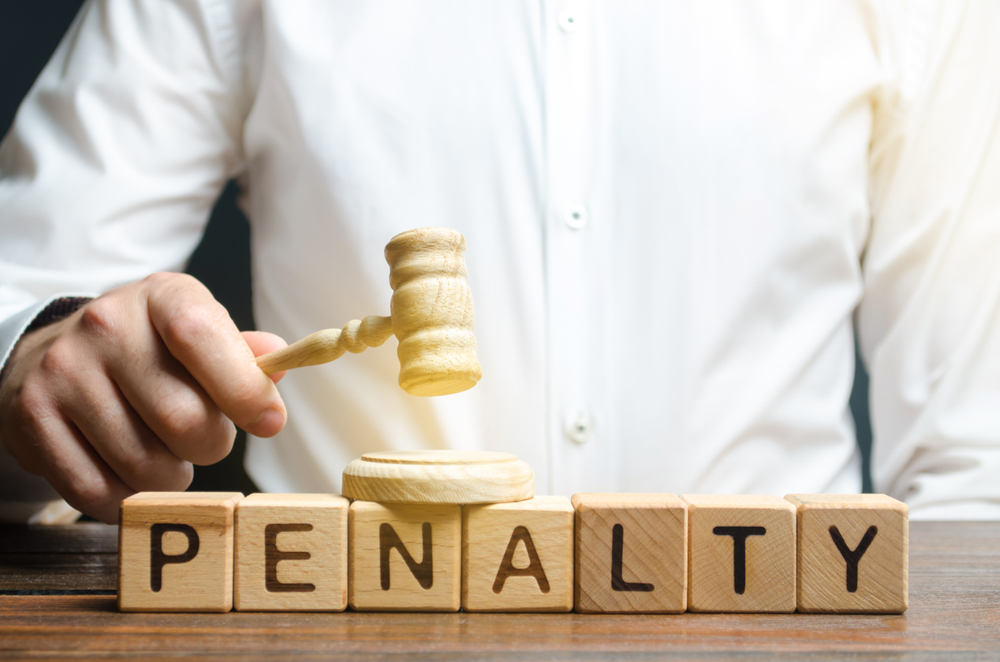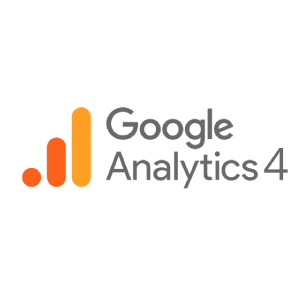5 minutes read

Has your website experienced a notable drop in rankings? Has traffic to your website plummeted over the past few days? Chances are you’ve been hit with the dreaded Google penalty.
Not to worry, though! In this series, we will be discussing some of the most common reasons why Google chooses to penalise a website.
Google penalties are directed at either or both of the general categories that compose a website: on-site and off-site. Per bare bones definitions, on-site factors are those found within the website, while off-site factors encompass the backlinks that are directing to the target site.
Why are backlinks important? Because the Google algorithm considers backlinks as signals indicating the authority and trustworthiness of a site. If an authoritative news website links back to another website, that can be perceived as a vote of confidence in Google’s eyes.
To determine how it will rank websites on search results, Google considers the on-site and off-site components of your website. If it detects something that does not fall within its parameters for website quality, it may hit you with either an algorithmic penalty or a manual penalty.
An algorithmic penalty takes place when one of the search engine’s algorithms identifies an anomaly in the on-site or off-site structure of your website. Once the anomaly is addressed, the penalty on the website is lifted, which means the site should be able to recover the rankings and traffic that it had lost.
For example, in the past, websites got displaced in search listings when Google updated its Penguin algorithm. For months, websites had to sit in the penalty list, even though improvements had been made to address the anomalies the search engine had detected. Fortunately, Google recently integrated Penguin 4.0 into its core algorithm, which runs in real-time. This means a shorter recovery period for penalised websites that make the necessary improvements in their backlink structure.
On the other hand, manual penalties are implemented when a specialist from Google’s Search Quality Team finds an anomaly in the on-site and/or off-site structure of your website. A penalty can be placed on a single page or all the pages of your website. In the most extreme cases, entire domains disappear completely from the search engine’s index.
What incurs such wrath from Google? Anomalous on-site practices can incite a manual penalty, but unethical backlink structures are most often the reason for such backlash. That is why it is important to have high quality backlinks directing to your site.
When a website is hit with a manual penalty, it must implement the necessary changes as required by Google, and then submit a reconsideration request. The reconsideration request and the website are then reviewed by a specialist from the Search Quality Team.
If Google finds the issues to be properly resolved, it will lift the manual penalty on the website. Typically, it takes two to three weeks before you can receive a response from Google regarding your reconsideration request. In some cases, however, it can take as long as six weeks.
Worse, if the Search Quality Team decides the changes have not been enough to warrant a release, the penalty on the website will remain in place.
Knowing what kind of penalty has hit your website is key to determining what steps must be taken to resolve the issue. In the second part of this series, we will discuss the potential problem areas that incur a Google Penalty.
Have you experienced being penalised by Google before? Have you got insight you’d like to share? Feel free to share on the comments section below!Facebook



 5 min read
5 min read



